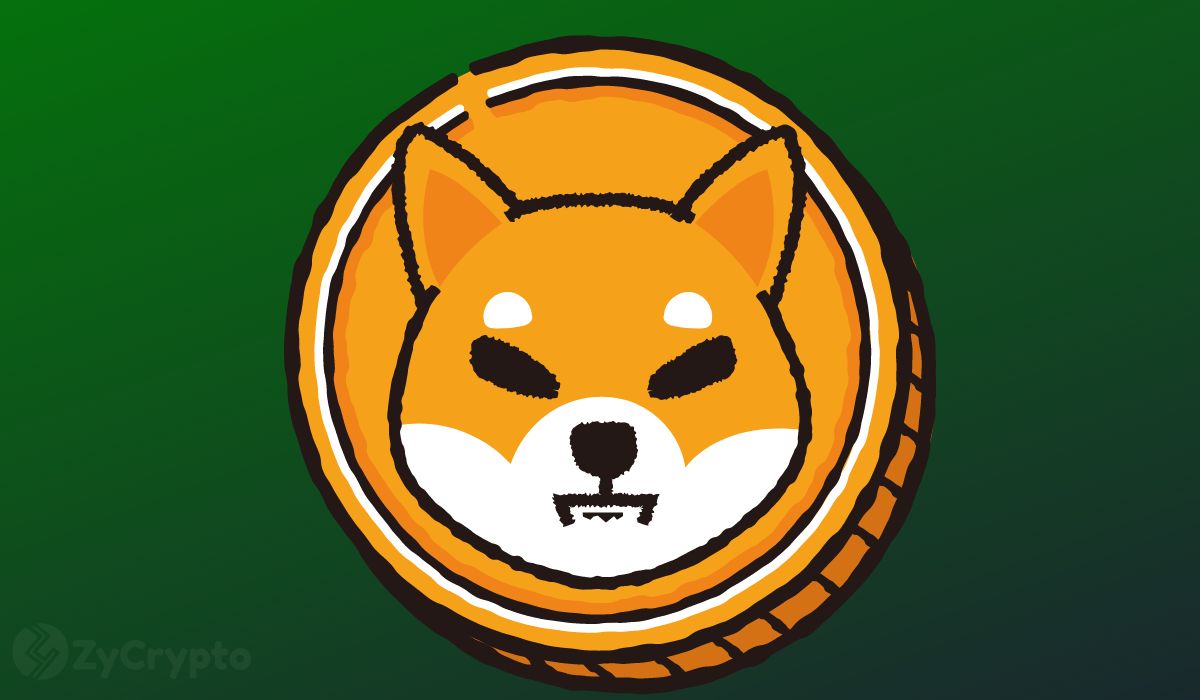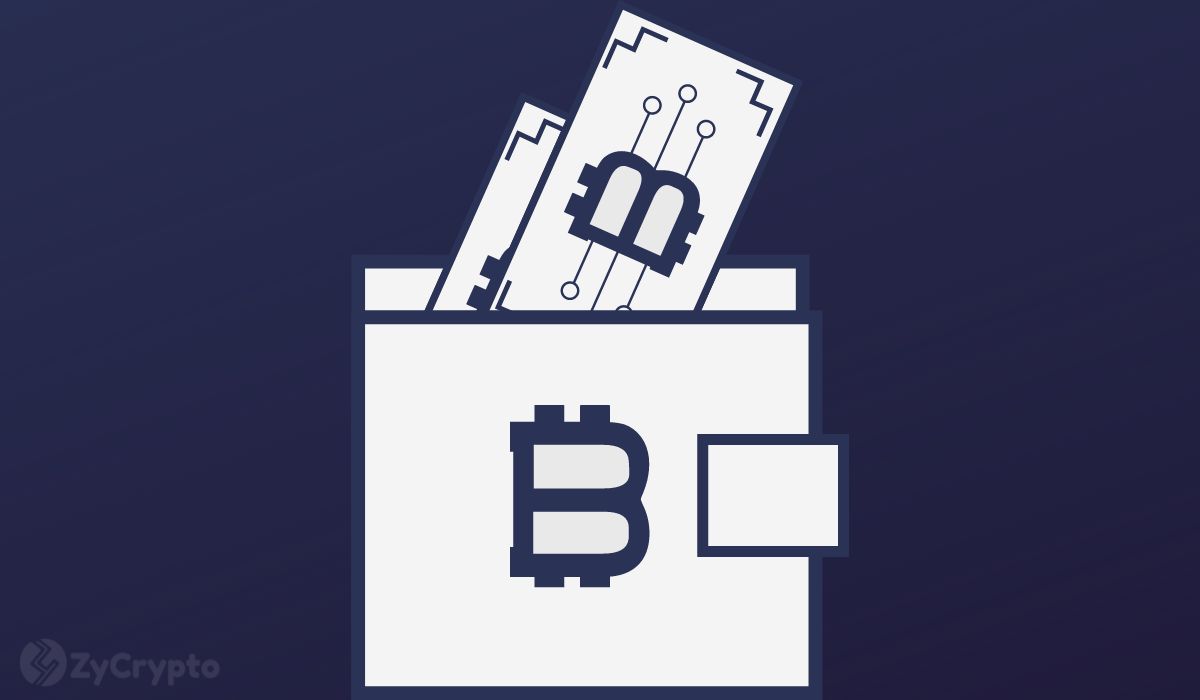ARTICLE AD BOX

The post Web3 and Its Implications for Bets.io appeared first on Coinpedia Fintech News
The concept of Web3 has recently gained significant attention across various industries, positioning itself as a new frontier of innovation. However, many remain skeptical about its potential impact. Will it bring meaningful change or just surface-level improvements?
A quick recap of Internet history sets the stage for understanding Web3
- Web 1.0, which spanned from 1990 to 2004, was a static, read-only network dominated by corporate websites with limited user interaction.
- Web 2.0, the current iteration of the Internet, emerged in 2004 with a focus on user-generated content and interactive platforms like social media. While it addressed some shortcomings of Web 1.0, users still lacked ownership and monetization rights over their content.
- Web3 is a concept popularized by Ethereum in 2014 to address concerns around data privacy and user empowerment. By offering a more secure, personalized, and transparent online experience, Web3 seeks to revolutionize how information is processed and utilized.
All About Web3
Web3, in contrast to the centralized Web, embodies decentralization. The network aims to establish a system where users can read, write, and own their content. This means that the platform is operated and advanced by its users. Web 3.0 strives to create a superior Internet based on cryptocurrencies, blockchains, and NFTs, granting users ownership over their content.
Key Features of Web3
The following are the fundamental characteristics that set Web 3.0 apart from previous web versions, making it exceptionally remarkable and attractive to companies and individuals driven by innovation:
- Artificial intelligence & machine learning. Tailored data to provide users with only relevant, accurate, and unbiased information.
- Semantic web. Intelligent machinery interprets messages and emotions and transforms them into data for improved communications.
- Decentralization of data storage. Information is stored in various locations and is globally accessible.
- Connectivity. Users can access ubiquitous information through a broader range of devices.
- Security within a trustless nature. The web allows for direct interactions with no intermediaries.
- 3D graphics. A three-dimensional cyber world that enhances immersion in games, content, and websites.
The available features in the platform depend on whether we are discussing a Web3 project or an ecosystem. In a Web 3.0 project, owning tokens and purchasing NFTs are the primary interactive options. However, once NFTs are sold out, there is limited functionality.
A Web3 ecosystem offers more options, as all its features, mechanics, offerings, and blockchain products are interconnected and interchangeable, maximizing user benefits, profits, possibilities, and overall platform experience. An example of a Web 3.0 ecosystem is https://www.bets.io/. Specific Web3 advantages for Bets.io members will be explored in more detail later.
Why Switch to Web3
Among the benefits of this cutting-edge network are the luxuries especially valued by a modern-day user:
- Decentralization distributes ownership of the platform and its content between the builders and token owners.
- Inclusiveness allows all users equal access to the network with no exception.
- With native payments, the web employs cryptosystems, uninfluenced by banks and other organizations, so players can send and spend money online without involving third parties.
- No trust issues – the network doesn’t ask for access to your data to act on your part and operates relying solely on precise mechanics instead of attracting other organizations.
- Due to permanent ownership regulations, the users fully possess their purchases via NFTs. That means they can trade or sell it to regain its value. Meanwhile, in Web 2.0, if the developer deletes their game, the players lose all their purchased in-game assets.
- Thanks to blockchain data storage, your information lives on a blockchain, allowing you to leave a platform for a more relevant one without rebuilding your reputation from scratch.
- Collective contribution – a user can hold DAO tokens that act as platform shares and allow influencing future changes across the network.
- Secure digital identity – every user carries an Ethereum address, reserving a single login within all their digital media.
In a nutshell, Web3 revolutionizes what we have today as the Internet regarding security, transparency, and content ownership.
Web3 Shortcomings
Indeed, the futuristic Web3 sounds like a tunnel to the next-gen inclusive browsing experience with limitless possibilities for individual users and companies alike. However, a few obstacles still stand in the way of making this solution universal:
- Steep learning curve. Uncomprehensible interfaces, technical documentation, and the overall critical differences of Web3 from previous versions provide a poor user experience for old-school or inexperienced people. Potential users are pushed to step out of their comfort zones to learn new algorithms and processes they can’t quickly understand.
- High transaction payments. Although Web3 is free, Mint Ethereum NFT asks for expensive transaction fees. Therefore, financially disadvantaged regions will be less likely to implement this innovative network.
Industry Reaction to Web3
In January 2024, the approval of 11 Bitcoin exchange-traded funds by the Securities and Exchange Commission (SEC) sparked a mix of reactions from experts in the crypto industry concerning the impact on tradable crypto assets. Concerns arise regarding BlackRock potentially becoming a primary Bitcoin holder due to the ETF approval.
CMO of Bets.io and crypto expert Evgeniy Babitsyn shared his thoughts on the BTC ETF, highlighting both its benefits and drawbacks. While the ETF provides retail investors easier access to the crypto market through traditional funding avenues, it also deviates from Bitcoin’s initial purpose as an alternative to traditional financial systems – Evgeniy opines.
In discussing Web3, recent data reveals that over 18,000 developers contribute code to open-source Web3 extensions monthly. However, during a panel discussion at SiGMA Awards Eurasia 2024 focusing on revolutionizing gaming in the Metaverse and Web3, Babitsyn pointed out that official Web3 apps or games haven’t been produced yet. Additionally, there is limited awareness about the blockchains used in popular casino games.
Babitsyn emphasized the need for caution in developing Web3 products, citing concerns raised by Apple Vision Pro users who struggled to adjust to reality after prolonged use. Casino game providers and operators must regulate engagement levels in Web3 releases to ensure responsible gaming practices.
Despite the ongoing challenges, Babitsyn believes that 2024 will be a significant year for the future of BTC, cryptocurrencies, and Web3. Bets.io remains committed to navigating this evolving landscape and staying abreast of industry developments.
About Bets.io
Bets.io, established in 2021, has risen rapidly as an award-winning online gambling platform and a front-runner in the crypto iGaming industry. Collaborating with over 60 software providers, it boasts a vast library of 10,000+ globally played games. In just a few years since its inception, Bets.io has been recognized as the Best Crypto Casino 2024 (SiGMA Eurasia), Best Crypto Casino 2023 (SiGMA Europe), and Rising Star Operator 2022 (SiGMA Europe).
Among its offerings, Bets.io features its own sportsbook and affiliate program while making notable strides toward becoming a Web3 ecosystem. This initiative will integrate Bets.io tokens, NFTs, loot boxes, blockchain games, and other functionalities, enabling players to buy, trade, sell, or wager them, withdraw their value, or even exchange them for physical goods from partner establishments.
In essence, the Bets.io Web3 ecosystem represents a groundbreaking product set to redefine the future of iGaming, promising players an unparalleled gambling experience like never before.
.png)
 10 months ago
8
10 months ago
8








 English (US)
English (US)